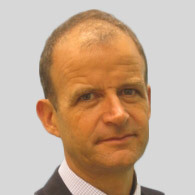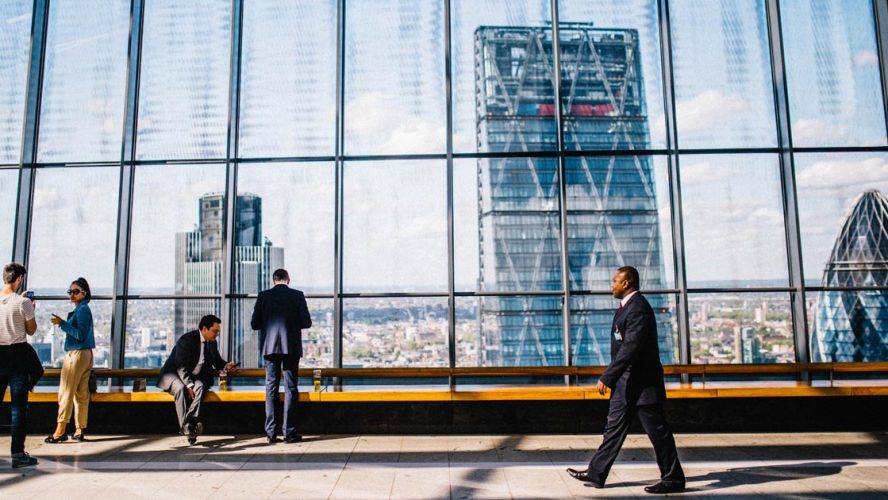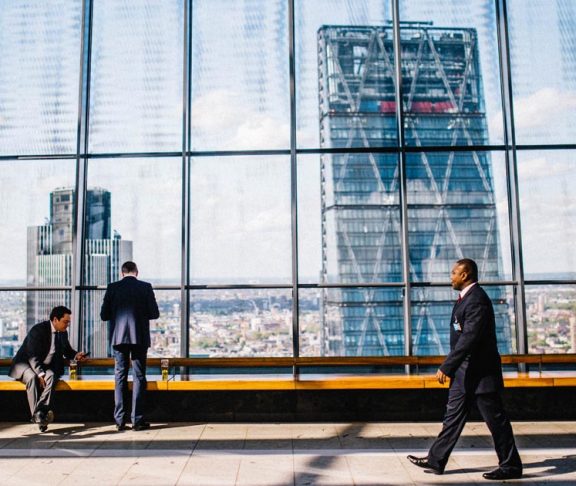
Andrew Pidden
Managing Director, Head of Sustainable Investments, DWS
Over the past ten years, there has been a growth in awareness around impact investing from large financial institutions who have historically not invested in this dynamic and critical space.
Over the past ten years, there has been a growth in awareness around impact investing from large financial institutions who have historically not invested in this dynamic and critical space. This is leading to an opportunity to grow the assets invested in impact funds to a multiple of what has historically been the case.
But is this a good thing? And can such growth occur without the danger that ‘greenwashing’ will tarnish the reputation of impact investing in the way that it threatens the explosive growth of green bonds today?
As an investment group with over 20 years’ experience in impact investing, the Sustainable Investments group at DWS has been a part of this growth journey. From lending small loans from small funds to small microcredit groups in developing and distressed economies in Central Asia, Latin America and Africa, we have enabled these groups to grow and, thus, improve their lending and impact-monitoring capabilities. Our teams have persisted through political and economic turmoil in many regions out of a belief that this lending and investing is never more important than when individuals in distressed countries, who are determined to create a better future, have to look for funding outside of their own financial system.
Along this journey we have learnt difficult but valuable lessons. We know it is vital to partner with local financial institutions, and that it is important to have our own people in the regions (or visiting regularly). We have learned to try specific investment focuses on small and medium enterprises, agriculture or health to generate specific impacts that are not being served by more generic microfinance.
We need bigger investments to scale growth
Now, we have a different problem; raising funds that are large enough to service the global growth in microfinance and impact outcomes. This requires a new cohort of investors, away from the traditional route of major development finance institutions (DFIs) and the – mainly US based – Foundations and Family O ffices, all of whom have been the backbone of the impact community to date.
The global financial crisis has had one welcome outcome – a self-examination of the role of investing by many major financial institutions, which has created a much greater awareness of impact investing and its unique role to create outcomes and relevant financial returns for investors at the same time. As an impact investment group based inside a large asset manager, we are asked more and more often to visit and educate many of our existing and prospective clients about more traditional products. These clients ask us to discuss our experience in the impact space and how they can consider it as an asset allocation opportunity.
This is both exciting and challenging. The most common issue is the need to separate their perception of ESG (Environmental Social Governance) from impact. ESG is a screening process to avoid harmful outcomes from investing whereas the objective of Impact Investing is to create positive outcomes from investing. Then there is a very important need to prove such impacts can occur through investments that can generate returns and the capital can be realised and returned in an appropriate time frame. Of course, this must occur while preserving and supporting the impacts created or more harm will occur than good.
Be open-minded to create a better global financial system
The growing and widespread awareness of the UN Sustainable Development Goals has helped immeasurably to create understanding and relevance around the impacts. Institutions are concerned that, without a framework to define impacts, they could be financing outcomes that will prove more damaging than beneficial.
Then there is the risk/return balance. I have lost count of the times we have responded to the strategic vision and needs laid out by a major financial institutional CEO for larger scale institutional quality impact opportunities, only to fall foul of their internal investment committees sta by risk-adverse and return-focused, mainstream investors who have no interest in using capital to invest in a better global financial system, which is to the benefit of us all. Blended finance, capital guarantees from DFI’s and risk sharing with local institutions in-country are all relevant tools, but a mindset change below the board level – for many institutional investors at least.
With greater investment, we can make a real difference to crucial global issues. Yet, we and our friends in the impact community have persevered and now face the challenge of providing such investors with larger funds and more investments than ever before. Such is their size that funds need to be in the hundreds of millions in asset size rather than the tens of millions of a decade ago. This has always been our ambition, for it is only by accessing this enormous pool of private capital that we can make a real di fference in areas such as climate mitigation and adaptation, in poverty and gender inequalities and in the desperate need to grow stability and more equality in so many parts of the world.
As this challenge becomes a reality, we must continue to refine and develop tools for measuring and reporting the outcomes to ensure that they are not diluted or misrepresented in order to accommodate the extra capital. We must also ensure the investable opportunities are realisable and that the balance between the return to investors and the cost of capital to the investees on the ground is maintained or we will lose the credibility that is taking us so long to establish with the institutional financial community.

